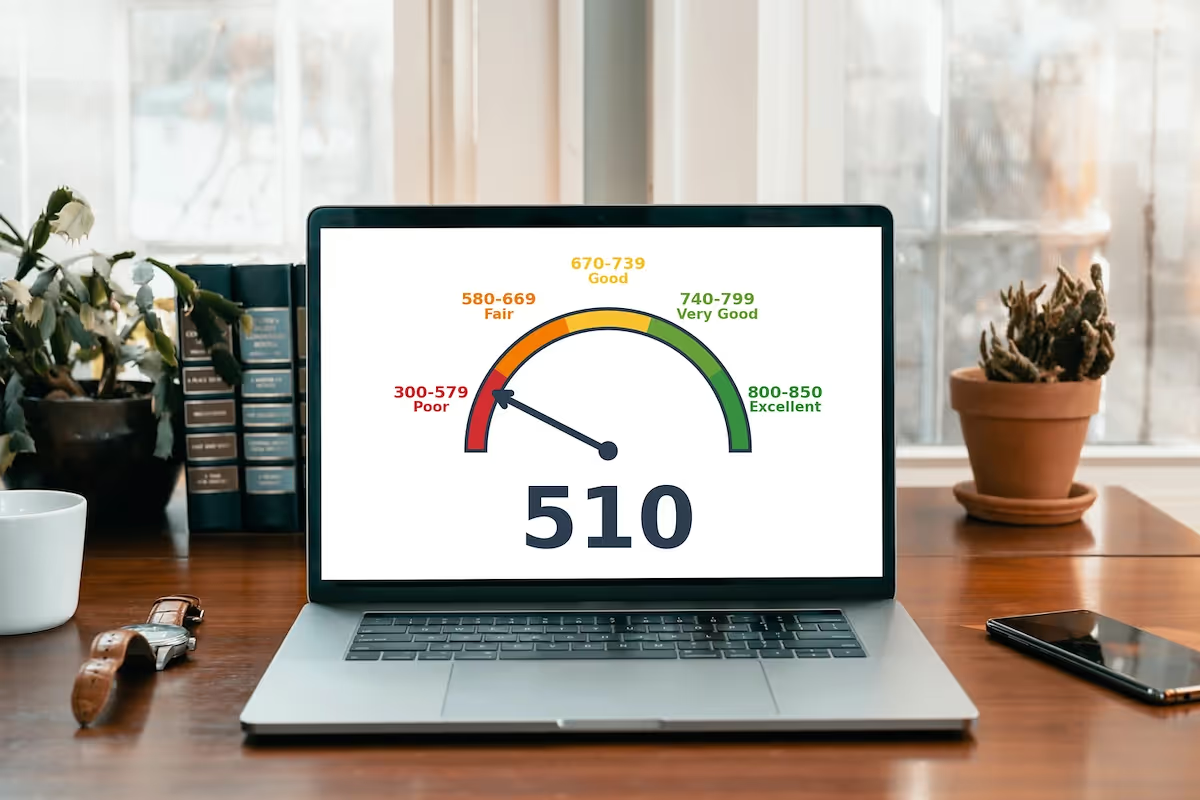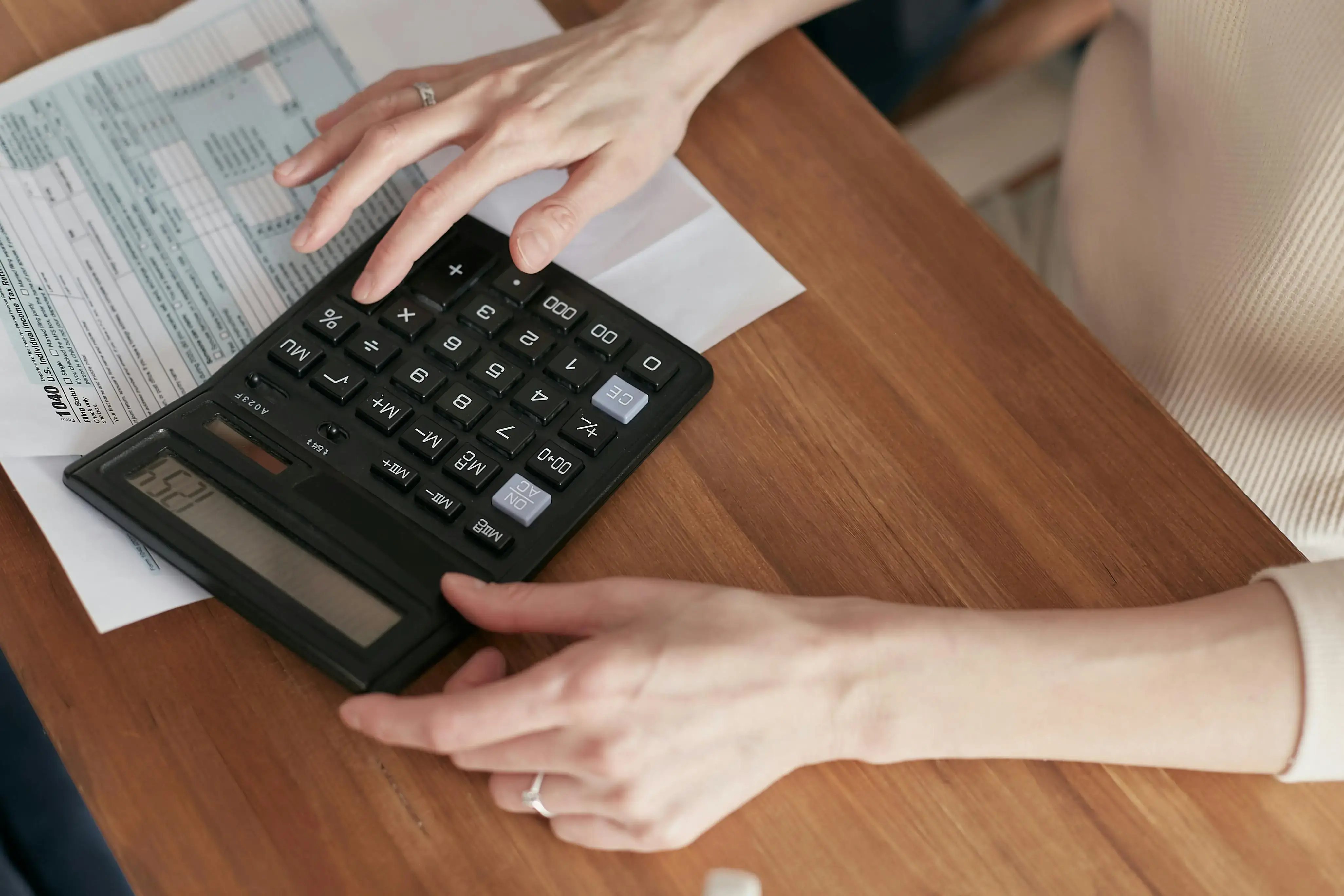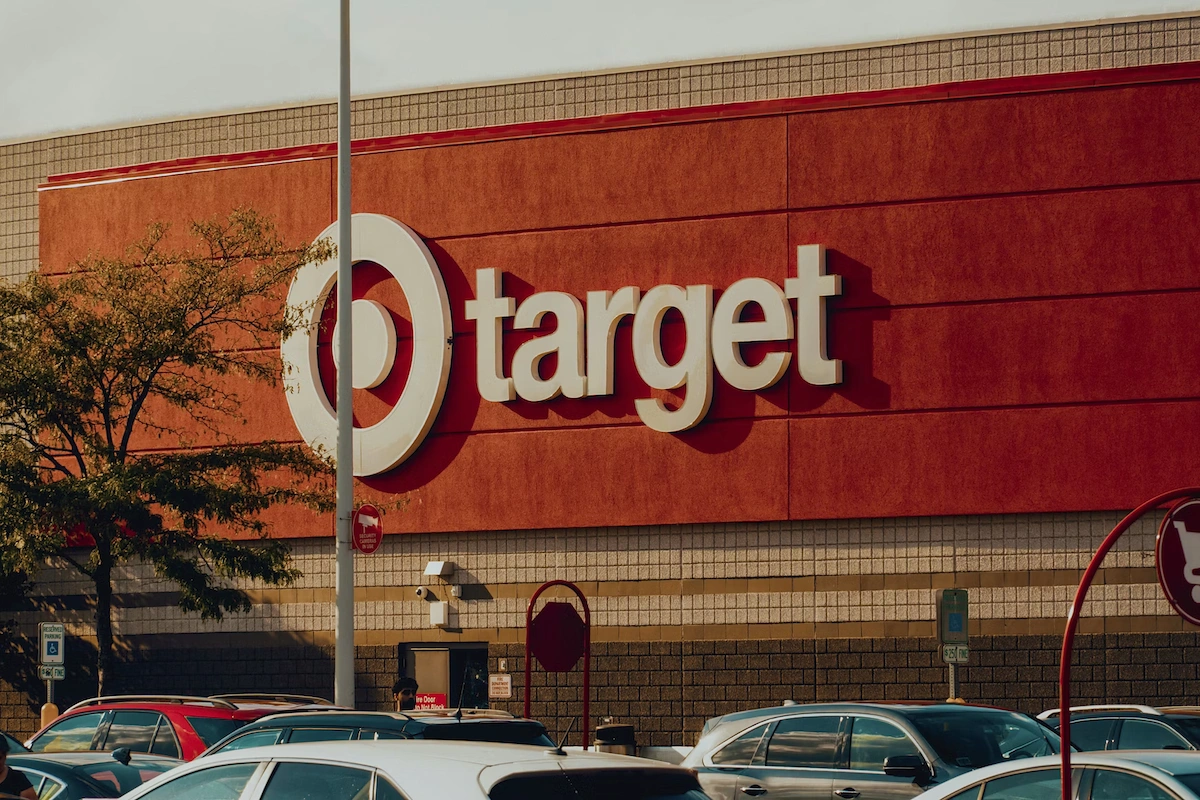
Kudos has partnered with CardRatings and Red Ventures for our coverage of credit card products. Kudos, CardRatings, and Red Ventures may receive a commission from card issuers. Kudos may receive commission from card issuers. Some of the card offers that appear on Kudos are from advertisers and may impact how and where card products appear on the site. Kudos tries to include as many card companies and offers as we are aware of, including offers from issuers that don't pay us, but we may not cover all card companies or all available card offers. You don't have to use our links, but we're grateful when you do!
510 Credit score: What You Need to Know in 2025
July 1, 2025


TL;DR
While a 510 credit score is considered “poor” by FICO standards, it represents a clear starting point for building a more robust financial profile. Improving your score from this range opens the door to more favorable lending terms and financial products in the future.
What Does a 510 Credit Score Mean?
A credit score of 510 falls into the "poor" category on the FICO scale, which ranges from 300 to 850. Lenders generally see scores below 580 as high-risk, making it difficult to get approved for loans, credit cards, or even rental applications. If you do secure credit, it will likely come with steep interest rates and unfavorable terms, significantly increasing the cost of borrowing.
While a 510 score presents immediate financial challenges, it's not a permanent situation. It serves as a clear baseline from which you can begin to build a stronger credit history. Recognizing what this number represents is the essential first step toward improving your financial standing and working toward a more secure future.
Who Has a 510 Credit Score?
- Generation Z (ages 18-26): The average FICO score for the youngest adult generation is 680, which is considered a "Good" rating, according to an analysis of Experian data.
- Millennials (ages 27-42): This group has an average score of 690, also falling within the "Good" credit range.
- Generation X (ages 43-58): With an average FICO score of 709, Gen X maintains a solid "Good" standing.
- Baby Boomers (ages 59-77): This generation's average score climbs to 745, placing them at the high end of the "Good" category.
- Silent Generation (ages 78+): Boasting the highest average score of 760, this group is the only one to land in the "Very Good" credit tier.
Credit Cards With a 510 Credit Score
A credit score of 510 is considered poor, placing you in a high-risk category for most lenders. Consequently, you'll likely find it difficult to get approved for the majority of traditional credit cards on the market. Any approvals you do receive will probably be for secured credit cards or high-interest, high-fee unsecured cards designed for building credit.
Kudos offers AI-powered tools like the Explore Tool and Dream Wallet to help you navigate its database of nearly 3,000 cards and find a personalized match based on your preferences and spending habits. The platform provides insights into how different cards may impact your credit score, empowering you to make an informed choice that fits your current financial situation and helps you build credit responsibly.
Auto Loans and a 510 Credit Score
A 510 credit score places you in the subprime lending category, which can make securing an auto loan significantly more expensive. Lenders generally view this score as high-risk, resulting in much higher interest rates compared to borrowers with better credit.
According to Experian’s Q2 2025 data, average auto loan interest rates vary dramatically across the following credit score tiers:
- Super-prime (781-850): 5.25% for new cars, 7.13% for used cars
- Prime (661-780): 6.87% for new cars, 9.36% for used cars
- Non-prime (601-660): 9.83% for new cars, 13.92% for used cars
- Subprime (501-600): 13.18% for new cars, 18.86% for used cars
- Deep subprime (300-500): 15.77% for new cars, 21.55% for used cars
Mortgages at a 510 Credit Score
With a 510 credit score, your mortgage options are limited but not impossible. You may qualify for an FHA loan, but you will need to provide a down payment of at least 10%. According to mortgage loan guidelines, most other loan types, such as conventional or VA loans, typically require a minimum score of 620, making them difficult to secure with a score in the low 500s.
A 510 credit score also significantly impacts your loan terms. You can expect to face higher interest rates and fees, including more expensive mortgage insurance on an FHA loan. Lenders will also conduct a stricter review of your finances, a process known as manual underwriting, to offset the higher risk associated with a lower credit score.
What's in a Credit Score?
Figuring out what goes into your credit score can feel like trying to solve a complex puzzle, but it generally boils down to a handful of key elements. The most common factors include:
- Your history of making payments on time is the most significant factor.
- How much of your available credit you're currently using, known as your credit utilization ratio, plays a major role.
- The age of your credit accounts, including the average age and the age of your oldest account, is also considered.
- Lenders like to see that you can responsibly manage different types of credit, such as credit cards and loans.
- Opening several new credit accounts in a short period can be seen as a risk and may temporarily lower your score.
How to Improve Your 510 Credit Score
Your credit score plays a crucial role in your financial life, but a low score isn't a life sentence. According to expert guidance, improving your credit is always possible through consistent, positive financial habits.
- Monitor your credit reports. A score of 510 could be the result of errors or inaccuracies on your report, and finding and disputing them can provide a significant boost. You can get free reports from all three major bureaus to check for mistakes.
- Set up automatic bill payments. Payment history is the single biggest factor in your score, so ensuring you never miss a payment is critical to stop your score from dropping further. This action begins to build a positive track record that lenders want to see.
- Lower your credit utilization. High balances on credit cards are a major red flag, and paying them down is essential for improving a 510 score. Aim to keep your total balance below 30% of your total credit limit to show you can manage debt responsibly.
- Apply for a secured credit card. With a 510 score, getting approved for new credit is tough, but a secured card is an accessible tool for rebuilding. Your on-time payments are reported to the credit bureaus, helping you establish a fresh line of positive credit history.
As you work on your credit, using a tool like Kudos can help you make smarter spending decisions with the cards you have.
Unlock your extra benefits when you become a Kudos member

Turn your online shopping into even more rewards

Join over 400,000 members simplifying their finances

Editorial Disclosure: Opinions expressed here are those of Kudos alone, not those of any bank, credit card issuer, hotel, airline, or other entity. This content has not been reviewed, approved or otherwise endorsed by any of the entities included within the post.



































.webp)



.webp)



.webp)

